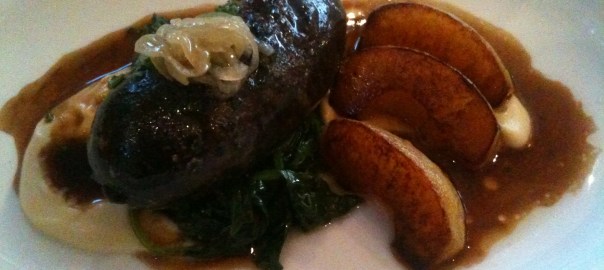Tea for two

In the last five years, around Christmas time, afternoon tea at Claridge’s has become a bit of a tradition. I know, it has not really been a long time for it to become a tradition, but I am measuring this in terms of anticipation and enjoyment. And I can promise you, I am anticipating it for months and enjoying every minute of it when the time comes.
Because, you see, everything conspires to force you to have a good time. The setting and décor of the tearooms are perfect, the staff efficient and the right side of friendly, and the food delicious and more than abundant. You start with choosing your first pot of tea, from a list giving you an embarrassment of riches. You can even push the boat out and go for the glass of bubbly, but I always feel that it is somewhat gilding the lily (alcohol, in the middle of the afternoon, not quite my thing.)
Then the first plate of finger sandwiches arrives, and the plates keep coming until you cry stop (which in this case takes three or four, they are that good). The second offering is a plate of dainty, delicate and delicious cakes, by which time you are usually ready for a second pot of tea. And finally, you get to the scones, clotted cream and special Christmas preserve. I am salivating and feeling full at the same time right now. Is that even possible?
However, it is all too yummy for words and well worth the wait, I’m telling you.
THÉ À DEUX
Juste avant Noël, notre thé de cinq heures, ou goûter dinatoire, à Claridge’s est une tradition annuelle ces cinq dernières années. Je sais, cinq ans, ça n’est pas vraiment assez pour en faire un tradition, mais ce que je juge, c’est combien je l’attends avec impatience en sachant combien je vais l’apprécier. Et je peux vous dire que j’en salive des mois à l’avance et que je savoure chaque minute quand la date arrive enfin.
Parce que voyez-vous, tout conspire à vous assurer un après-midi magique. Le salon de thé et son décor sont parfaits, le personnel professionnel et aimable comme il faut, et les victuailles délicieuses et plus qu’abondantes. Vous commencez par choisir votre premier thé, à partir d’un menu long comme le bras. Vous pouvez même mettre les petits plats dans les grands et commencer par un verre de champagne, mais pour moi, c’est en faire un peu trop (l’alcool en plein milieu de l’après-midi, ça n’est pas vraiment mon style.)
Et c’est là que la première assiettes de sandwiches arrive, et elles continuent d’arriver jusqu’à ce que vous demandiez pitié (dans mon cas, au moins deux ou trois, tellement les sandwiches sont bons). Après ça, c’est le tour des petits gâteaux délicats et délicieux, et bien sûr votre deuxième théière. Et pour finir, il y a les scones, la clotted cream (encore plus épaisse que la crème fraîche) et la confiture de Noël. J’ai l’eau à la bouche et l’estomac plein en même temps. C’est possible, ça?
Cela dit, tout est si délicieux que toute definition est impossible mais vaut l’attente, c’est moi qui vous le dis.








